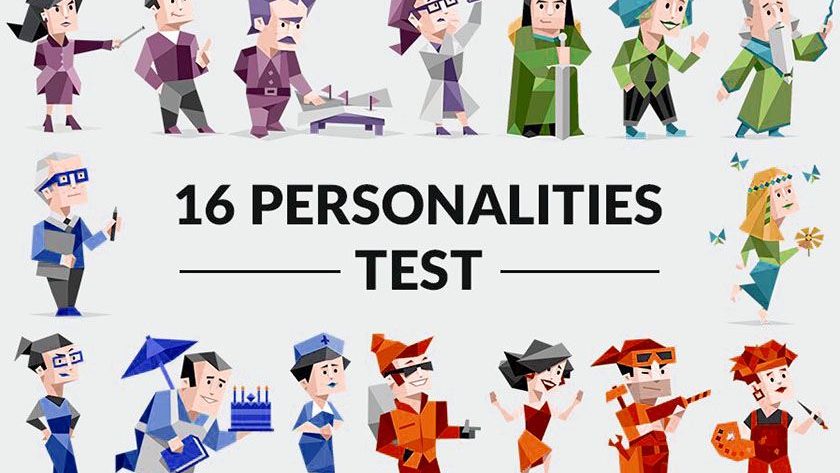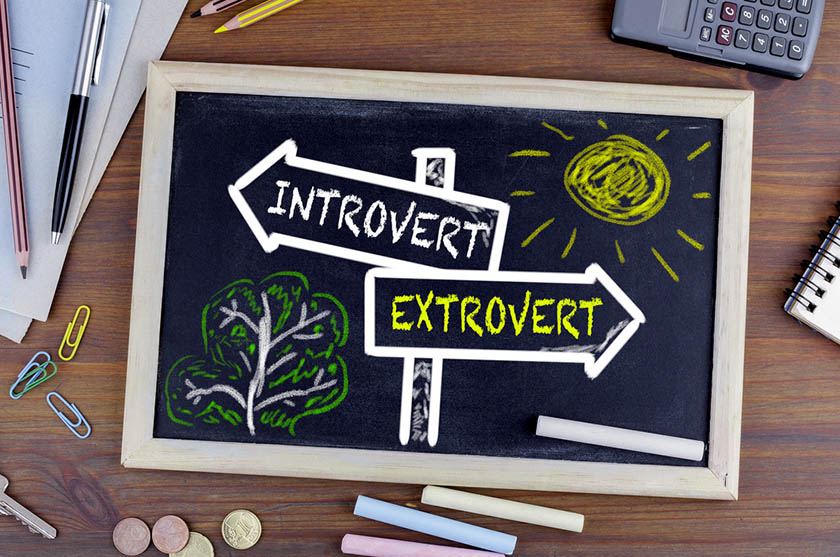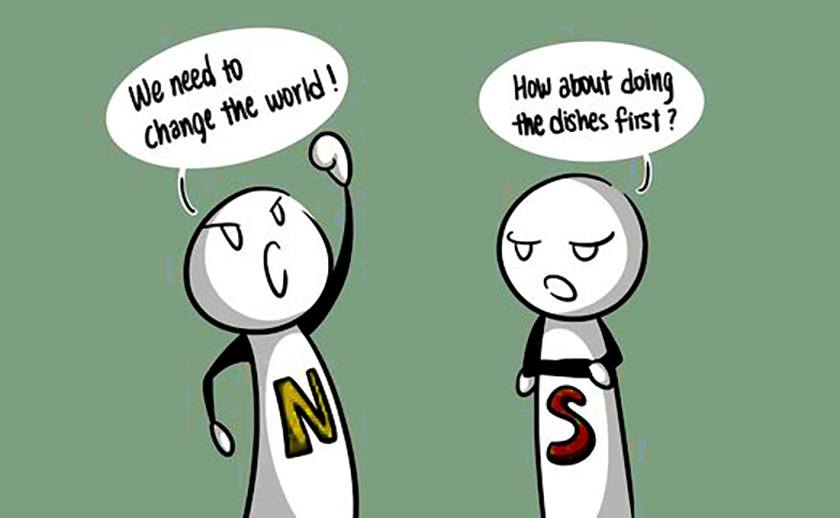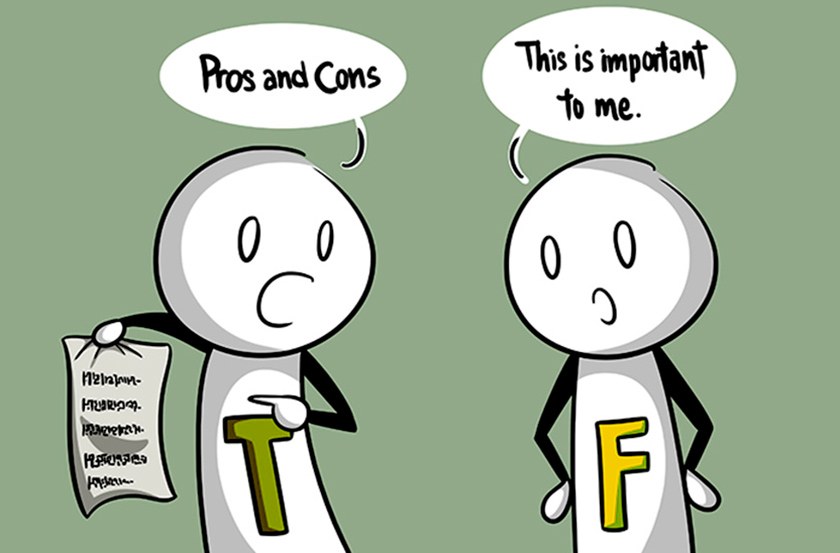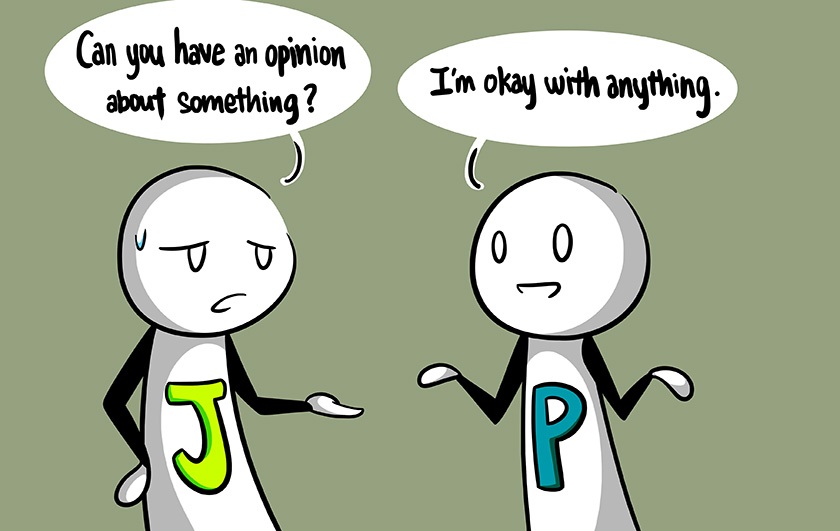You might have seen in someone’s profile description on social media acronyms like ESTJ or ISFJ and you probably wondered what could that mean.
The Myers-Briggs test, also known as the 16 personalities test, has become quite popular, even to the extent that you will sometimes be required to complete it for a job application.
The test places people within 16 categories, all assigned by a combination of four letters. Each letter denotes a trait in your general personality profile, and once you get your results you can read an in-depth description of your profile.
The test provides a pretty deep insight into personalities, so you might already be wondering what the categories are and what do the letters mean. This article will tell you all about it.
How to Decode the Results from the Myers-Briggs Test
After you complete all the questions, you understand what is your personality type according to the Myers-Briggs classification. Reading the results could help you even advance in life by understanding what your strengths, weaknesses, and needs are.
The goal of Myers and Briggs as they developed the test was precisely to help people live happier and more fulfilling lives. Katherine Briggs and her daughter, Isabel Myers, based their work on Jung’s studies and theories to create a comprehensive categorization of personalities.
All the 16 personalities by letters and names are:
- ISTJ – The Inspector;
- ISTP – The Crafter;
- ISFJ – The Protector;
- ISFP – The Artist;
- INFJ – The Advocate;
- INFP – The Mediator;
- INTJ – The Architect;
- INTP – The Thinker;
- ESTP – The Persuader;
- ESTJ – The Director;
- ESFP – The Performer;
- ESFJ – The Caregiver;
- ENFP – The Champion;
- ENFJ – The Giver;
- ENTP – The Debater;
- ENTJ – The Commander.
Now, let’s get to the fun part: decoding personalities.
E – Extraversion and I – Introversion
The first letter of the four-letter denomination stands for the extraversion-introversion level of the person. You are probably already familiar with the main characteristics of extroverts and introverts but keep in mind that there is a spectrum between the two ends of the scale.
That is why simply categorizing people according to that dichotomy is not an explicit way to describe personalities. All the other letters add layers to the personality type that are important to take into consideration.
The extraversion-introversion dichotomy generally explains how people interact with society and the world in general. Extroverts are more action-oriented and outgoing, and they feel much better surrounded by people.
These people gain energy from social interactions, while introverts have a limited supply of energy that gets drained if they don’t take a break from socializing every once in a while. They value meaningful interactions and alone time, which helps them regain energy.
Both types however have different periods and sometimes introverts can also feel outgoing, while extroverts might sometimes feel that they also need some time alone to recharge and become more aligned with themselves.
I – Intuition and S – Sensing
The intuition-sensing scale shows the way in which a person gathers information from their surroundings. Sensing people pay a lot of attention to the world around them and are pretty detail-oriented.
These people learn from hands-on experiences much better and they like to deal with facts. People with the intuition trait think in more abstract terms and they look at the bigger picture rather than analyze details.
Intuitive people also tend to notice patterns and imagine different possible outcomes of a situation, rather than working only with the facts of reality.
F – Feeling and T – Thinking
The Thinking-Feeling categorization shows the way in which people make decisions after they gather certain information.
Thinking individuals are very precise and consistent in their decision-making, and they need to gather enough data before they make a decision. They base their decisions on logic rather than emotions.
Feeling individuals find it easier to make decisions based on their inner feelings guide. They are more emotional and empathetic, so it’s not always easy for them to make an impersonal decision.
These people have a hard time making a decision when other people are involved, but when they have to make a choice that only concerns them, most of the time their emotions lead them to the right destination.
J – Judging or P – Perceiving
Judging and Perceiving are traits that denote how people make conclusions about the world around them.
Judging individuals have a more structured approach to understanding the world and they prefer to have strict explanations and conclusions about people, things, and events, while perceiving individuals prefer to stay open to change and new information.
They are more liberal and flexible about making decisions and characterizing things from the world around them. They are more adaptable to changes and work better in dynamic environments.

